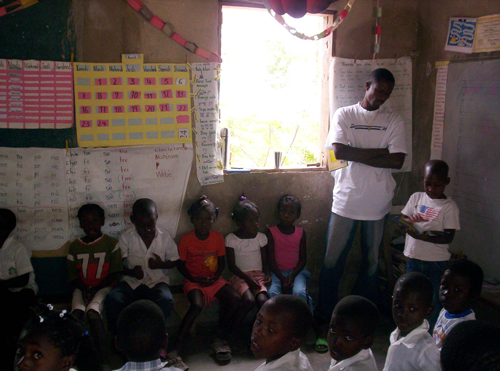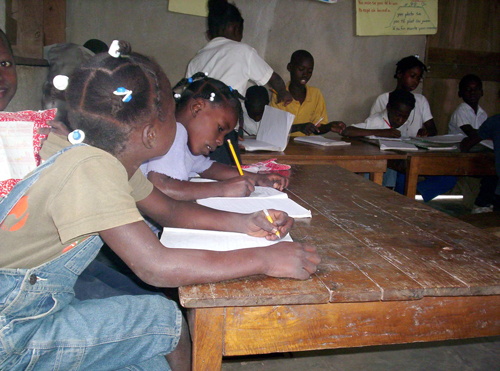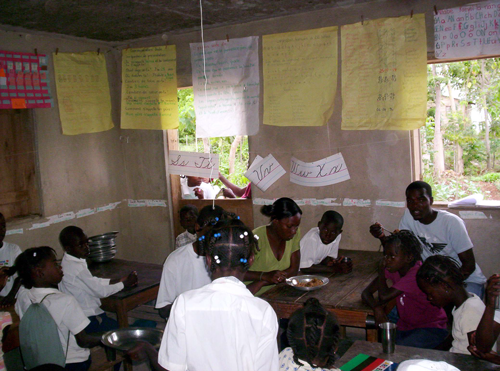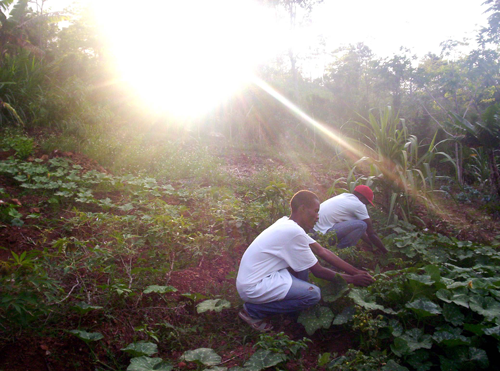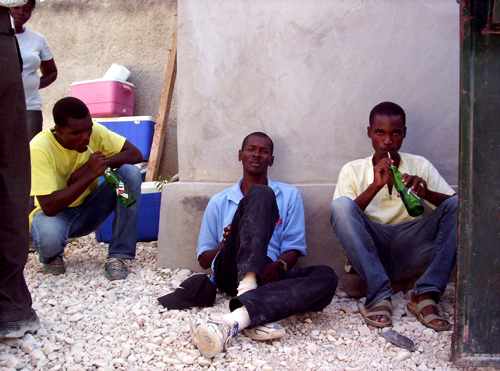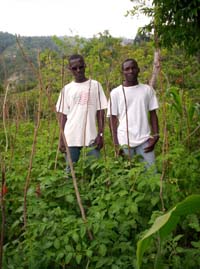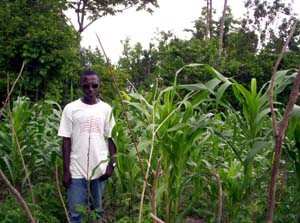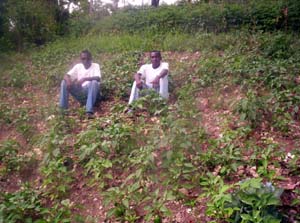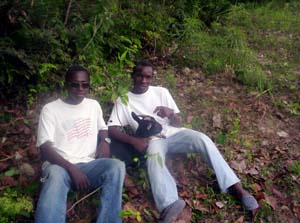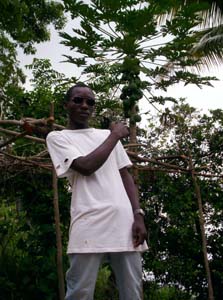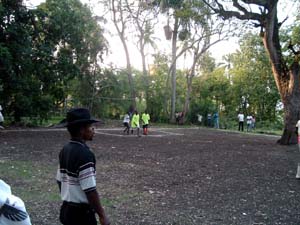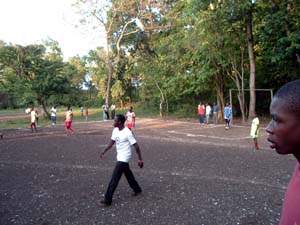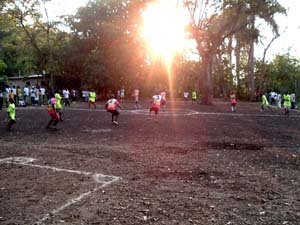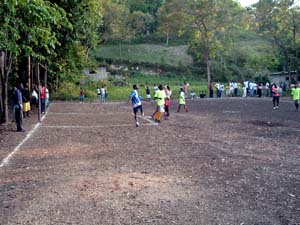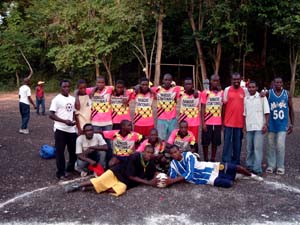Like a lot of people, I think I’m reasonably smart about some things and a little stupid about others.
One of the things I’ve consistently proven stupid about is dentists. Though I have very fond memories of the man who was our family dentist when I was child, I can’t think of going to a dentist without feeling myself starting to panic. That wouldn’t be so bad. We don’t control our emotional responses to things.
But it becomes stupidity when one allows the panic to be the decision maker. In spring 2004, I spent what seemed like weeks without sleeping with a toothache, rather than risk sitting in a dentist’s chair, until I finally had to go and have it yanked. While sitting in the chair, through what turned out to be an entirely painless procedure, I got so frightened that I stopped breathing. The dentist had to remind me to inhale. I remember his words: “Now Steve, I’m going have to ask you to take a breath or two.”
I hadn’t gone to a dentist for any kind of routine examination in longer than I remember – it had been over ten years at least – until Tuesday. I was visiting my parents, and we used the visit to arrange a check-up. It turned out to be a two-day affair. I had cavities to be filled. The dentist also spoke of possible future root canals and of wisdom teeth that she may eventually want to remove. But, all in all, the damage from those years of negligence was pretty minimal. I certainly deserved much worse.
One of the people that I had to be thinking about as I sat in her chair was Haril. He’s an eighteen-year-old friend of mine from Cité Soleil, a member of the group I work with there. A few weeks ago, I had begun to be concerned as I noticed his normally cheerful, lively disposition turn sleepy and sullen. I know that things have been very stressful for him at home – he’s caught in the crossfire between parents that are unable to get along – and I know that life in Cité Soleil starts out hard enough without extra problems. I had seen Haril change like this once before, and it turned out that he had an urgent problem, so I decided to ask him what was up.
It turned out that he had a toothache. It was his first. He didn’t know anything about going to a dentist, and didn’t think he had the money to do so. He was spending pocket change buying aspirin from street vendors, but it wasn’t getting him through the night. He wasn’t getting any sleep.
It also turned out that the problem was easy enough to resolve: I gave some money to a motorcycle driver who works at the station in from of my apartment. He’s a big, fatherly fellow they call “Pastè”. He knew of a dentist he trusted, and was willing to sacrifice his morning. He would take Haril, wait with him, pay the dentist, and bring him home. Though there might be a long line, the time in the chair would certainly be short. Haril would get a shot of Novocain, and then the tooth would come out.
I went back to Cité Soleil that same afternoon, and Haril was sore. Within a day or so, however, the problem was gone. The procedure cost fifty Haitian dollars. That’s 250 gourds or about $7.15. By Haitian standards, it was quite expensive. In the countryside, the usual price is more like thirty to fifty gourds, a hundred gourds at most.
My two days with my parents’ dentist, however, cost more than $7.15, more than a hundred times that. Even in 2004, when I simply had a tooth pulled, it cost more than $300. It always elicits shudders in Haiti when I reveal that price.
Haril’s use of dentistry seems pretty typical for Haiti. He had never been to a dentist in his eighteen years because he had never had a problem. I should admit that my own use was no different from his until this past week. Though I had been to the dentist often enough in my youth, I don’t know that I had been to one for a routine check up in Haril’s lifetime. I can’t remember. The problem that sends a Haitian to a dentist – whether to a formally trained one or to an informal practitioner – is a severe toothache. The solution to a toothache is to have the offending tooth pulled. Cosmetic dentistry and routine preventative maintenance visits to a dentist are rare in Haiti, almost unheard of, though Haitians devotedly brush their teeth with cheap Chinese toothbrushes and toothpastes every day.
All this may be changing in Haiti, especially in the capital and in other areas where the presence of development organizations and of Haitians who’ve spent time abroad can contribute to rising expectations. But very many Haitians have never been to a dentist at all, and it’s not so surprising that Haril, facing dental pain for the first time, was a little at a loss as to what to do. He didn’t know where to go, or how much it would cost, or where he would get the money he would need.
Things are so different back home. They are, at least, if I define “home” as the socio-economic environment within the US that I grew up in. One visits the dentist twice a year, one gets braces to correct any misshapenness, and bad teeth are filled or otherwise repaired before the damage goes too far. My own long negligence makes me, I think, the exception, not the rule, and nothing about my dental history relates to my not knowing what to do or where to turn. And it doesn’t relate to finances. Though I haven’t had dental insurance, I could always have set my financial priorities in ways that would have made preventative attention affordable. Simple stupidity: That’s all it has been.
I won’t presume to say what relationship to dentistry Haitians should have. It’s not so different from other medicine: should they aim for the situation we have in the States, where there are excellent services, well integrated into the habits people develop from childhood, which are expensive as hell? It’s easy to say that the miserable nights Haril spent sleeplessly are a sign that something is wrong. But how much investment would be necessary to transform Haiti from a place where dentists principally pull damaged or ailing teeth to a place where they can help keep teeth healthy? How would one make more preventive dentistry available? And how would one nurture a culture in which Haitians – unlike me – are inclined to make good use of it?
Haiti is a place that needs to change in all sorts of ways. In this one respect, it probably resembles the United States more closely than Americans often admit to themselves. The rotted teeth and toothless mouths one sees, the toothaches that interfere with Haitians’ lives, are all emblematic of that need. But they are only problems. They do not really point towards the solutions Haitians need.

